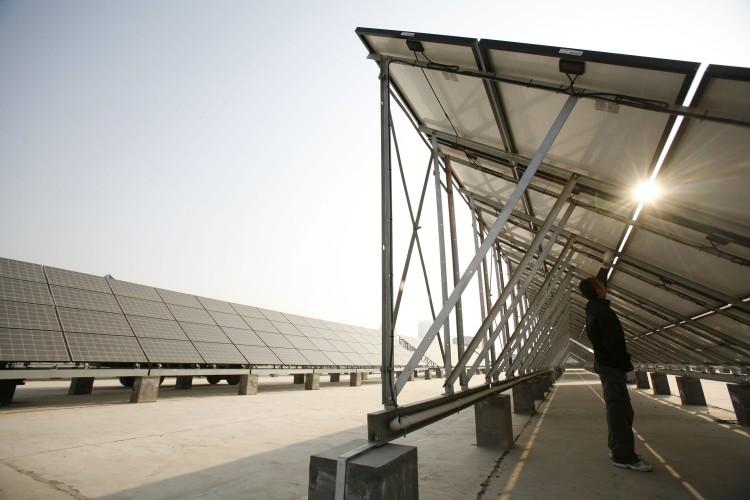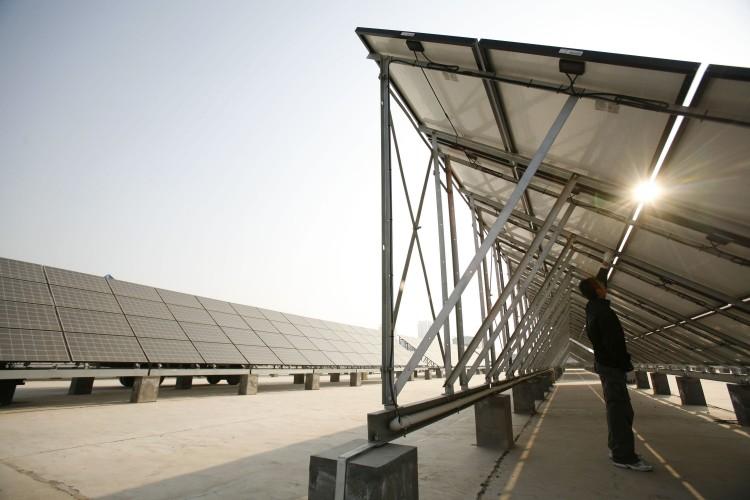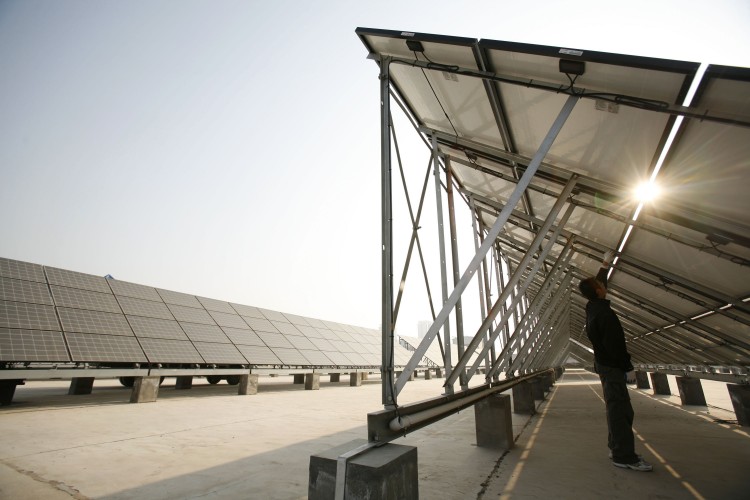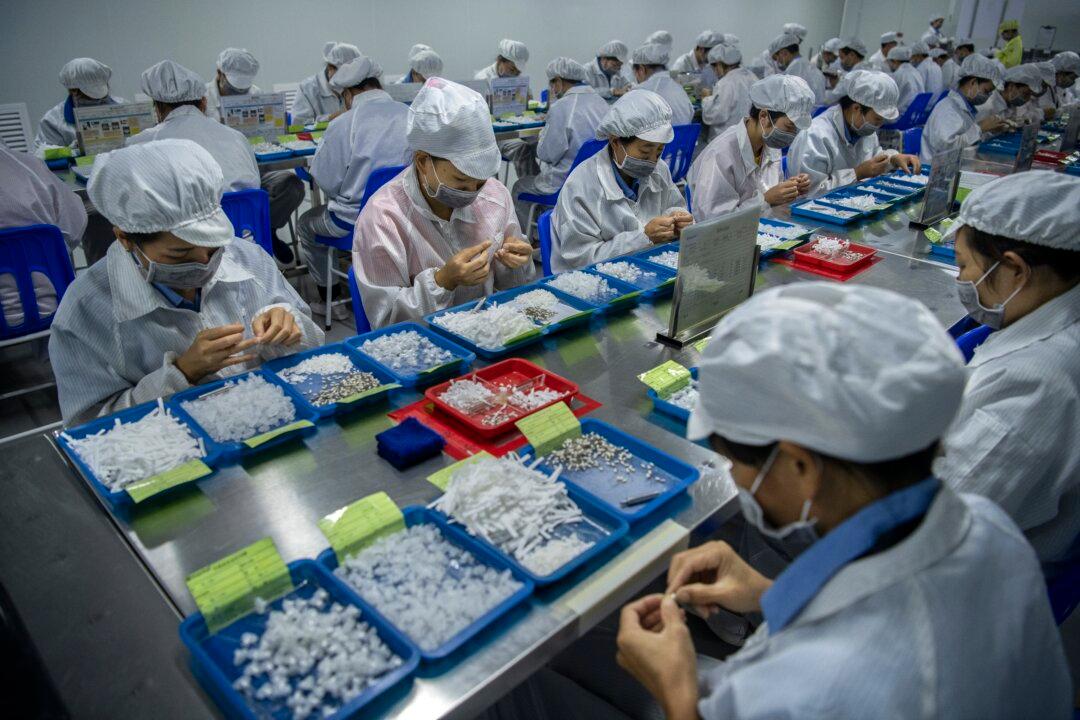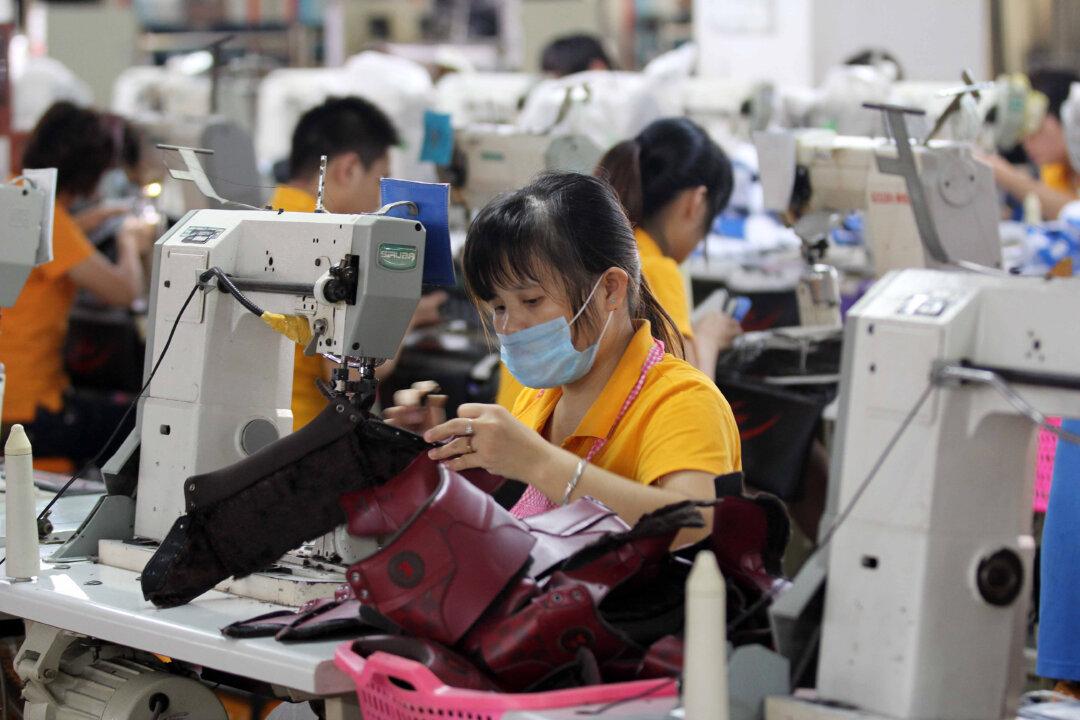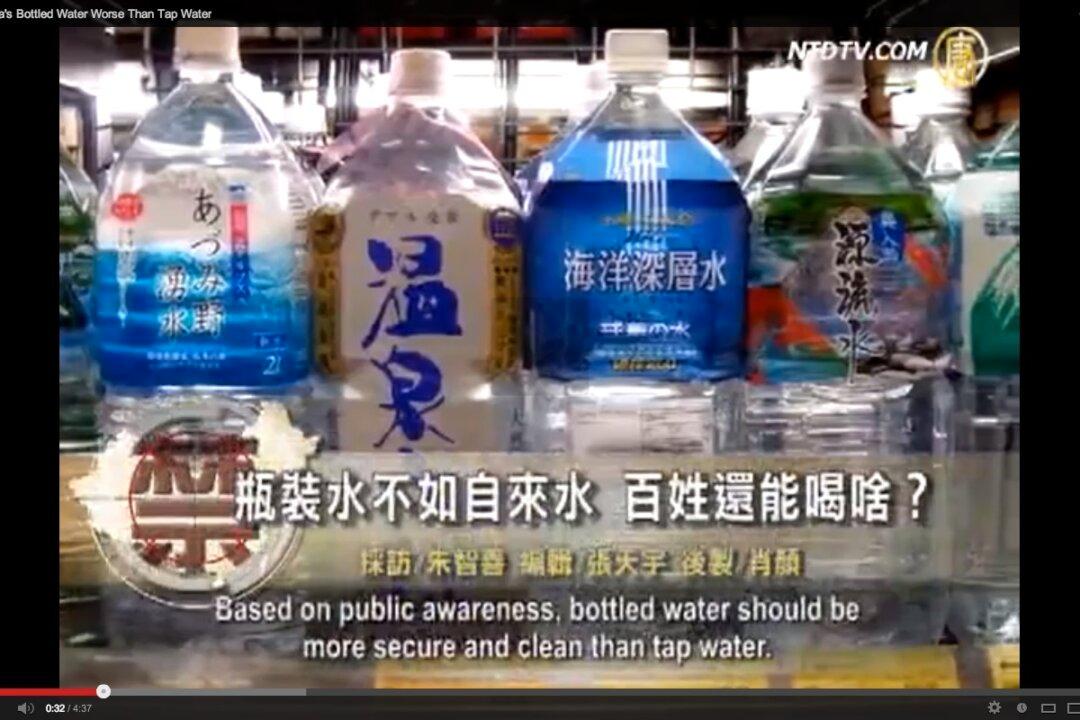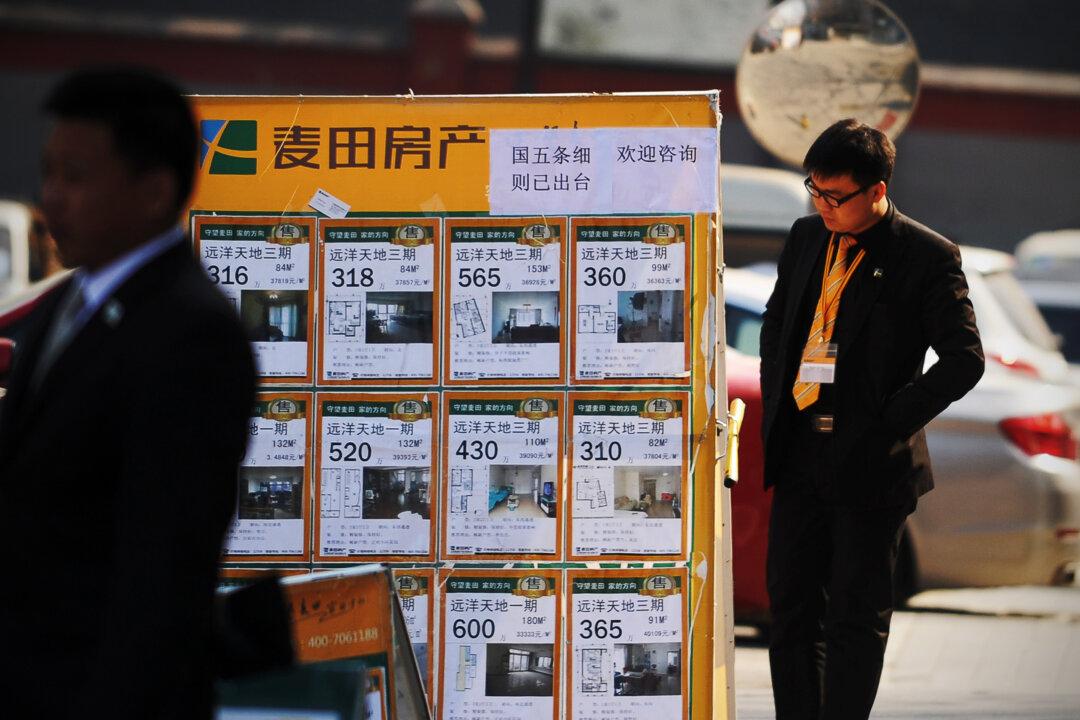What was always rumored is now official. Chinese producers of photovoltaic (PV) products, such as solar cells, used unfair businesses practices to conquer U.S. and European markets. They are now facing stiff fines and penalties.
Both the U.S. Department of Commerce (DoC) and the International Trade Commission (ITC) decided to impose anti-dumping and anti-subsidy penalties on imports of Chinese PV products, on Oct, 10 and Nov. 7 respectively. On Nov. 8 the European Commission (EC) also launched an anti-subsidy investigation regarding Chinese PV products following its confirmed anti-dumping investigation on Sept. 6. These actions have put the pressure on Chinese PV manufacturers who are heavily dependent on these two export markets.
According to the Coalition for American Solar Manufacturing (CASM), on Dec. 7 the DoC issued the orders to activate final anti-subsidy and anti-dumping duty rates ranging from 24 to 255 percent on imports of Chinese solar products since last spring. Moreover, any future Chinese imports entering the United States will be subject to reviews that could result in higher duty rates for those imports.
It was in October of 2011 when the U.S. and European PV companies decided that enough is enough. Over the last years they had to compete against Chinese companies selling their products below cost. As a result many European and U.S. companies had to close down. The remaining ones chose to appeal to regulators to stop the unfair practices.
On Oct 19, 2011, led by German-based SolarWorld AG, seven PV corporations in the United States filed an anti-dumping and anti-subsidy petition with both the DoC and the ITC. The allegation: The Chinese government has been illegally subsidizing solar cell producers exporting to the United States at dumping prices. The companies hoped that the DoC will levy import tariffs on China’s underpriced solar products.
Both U.S. agencies work closely together in determining unfair business practices. The ITC is an independent, federal agency with broad investigative responsibilities on matters of trade. It determines whether imports are a threat to U.S. industries. The DoC on the other hand determines whether the alleged dumping or subsidizing is in fact taking place. If so, the DoC also determines the actual penalty. Only if both the DoC and ITC reach affirmative final determinations on their individual cases, will the DoC levy a penalty on imported products.
Elsewhere in Europe, EU ProSun, an alliance of European PV firms, has separately filed anti-dumping and anti-subsidy complaints with the European Commission, the executive branch of the European Union (EU). Both complaints accuse Chinese PV manufacturers of destructive dumping and receiving illegal subsidies sponsored by the Chinese communist regime.
“China’s massive government-funded solar capacity has caused this material injury,” said Gordon Brinser, president of SolarWorld’s Oregon-based U.S. subsidiary. “The import surge has been devastating to the U.S. industry,” reports Bloomberg News.
China Invests in PV to Promote GDP
Solar photovoltaic conversion has become one of the most efficient and sustainable energy sources in the renewable energy market over the last decade. It directly converts solar energy into heat and electricity using PV cells that can be grouped into a PV module or a PV panel and applied on houses or large PV farms.
According to the International Energy Agency (IEA), a Paris-based inter-governmental body dealing with energy, solar PV was growing 50 percent on average over the past five years.
Much of that growth happened because of Chinese domestic and international expansion. In China, nothing much can happen without explicit or implicit blessing of the Chinese regime. In the case of solar, it was a very explicit policy that drove investment in the PV industry.
The Chinese regime viewed solar photovoltaic production as a promising industry with rapid scalability and production, and high profits. It could add to GDP growth and employment. This is why the regime greatly promoted the growth in the domestic PV market through business-oriented regulations and incentives. Banks, local governments and other financial agencies were ordered to heavily subsidize the solar industry with cheap loans.
Starting in 2009, the regime sponsored some large-scale national PV projects. The Solar PV building program comprised 111 projects and the Golden Sun program included 275 projects. Provincial or municipal funded programs provided the framework for many other PV related projects.
Chinese Capacity Rises Exponentially
In 2008, there were less than 100 PV enterprises. But by the end of 2011 there were more than 500 PV companies, a five-fold increase, according to Guangzhou-based business newspaper 21st Century Business Herald.
The paper reports that even companies in completely different trades entered the PV market. In the period between 2008 and 2009, attracted by lucrative profits, many firms such as clothing and cigarette lighter manufacturers started producing solar cells.
According to statistics by the National Photovoltaics Status Report 2012, all PV modules that were produced and delivered in China had a capacity of 21 Gigawatt (GW) in 2011. This is nearly two times larger than the 11.3 GW capacity of China’s 14 nuclear power reactors. It was up 141 percent from 2010 and accounted for 60 percent of global capacity.
On the surface, Chinese companies were doing well. Revenue of the PV industry was more than 300 billion yuan ($48 billion) and Chinese companies occupied five spots in the top 10 of global solar cell manufacturers, according to the report. However, the fast expansion of PV production capacity did not match domestic demand.
According to statistics of EU ProSun, in 2011, China reached a total PV production capacity of 45 GW but domestic consumption was only 2 GW. The production capacity spurred by massive subsidies and state incentives was over 20 times higher than actual demand for solar powered electricity. The only way out was exporting the surplus production.
“More than 90 percent of PV products made in China were exported to foreign countries,” Xie Chen, an analyst at the Silicon Branch of China Nonferrous Metals Industry Association, said to Securities Daily, a Chinese business daily. “About 60 percent are exported to Europe and 30 percent are exported to the United States and other countries.”
U.S. and European Companies Fight for Survival
Given that European and U.S. companies were already in tough competition with each other, a full blown trade war began as the Chinese PV companies set their foot in solar markets in the United States and Europe.
The Chinese companies lacked innovative PV technology, but sold PV products in the United States and Europe below production costs. They benefited from cheap loans from state-owned banks, most of which will never be repaid. As a result, U.S. and European solar industries which contribute most of the technological advancement were under threat and some companies went bankrupt.
U.S. solar-panel maker Solyndra recently filed a $1.5 billion anti-trust lawsuit against China’s three largest U.S.-listed PV manufacturers Suntech, Trina and Yingli. The California based company is accusing the trio to have lowered their solar prices 75 percent in tandem within the space of four years. The cheap Chinese solar panels caused Solyndra’s bankruptcy. Forbes reports that venture capitalists lost nearly all of their $1.2 billion investment in Solyndra.
“Solyndra’s better solar panel system, with its lower cost of installation, created a barrier to defendants’ complete domination of the market—so long as Solyndra, and its technology, was available in the market, defendants would not have been able to dominate the commercial and industrial rooftop market,” it says in the court filing.
European company SolarWorld said China’s massive production overcapacity and government-funded export drive have left the world industry in ruins. In the U.S. market alone, at least 22 solar producers have closed plants or laid off significant numbers of workers. Chinese producers also have experienced losses in the billions of dollars, but those companies survive as a result of Chinese government bailouts, SolarWorld added.
EU ProSun said, in 2012 alone Chinese dumping of solar cells forced over 30 European companies to close shop, lay off workers or be taken over by foreign investors. Thousands of jobs were lost, many factories closed and research and development (R&D) halted.
The conflict over China’s illegal trade practices culminated when U.S. and European PV firms filed their trade complaints regarding China’s PV imports.
They claimed that Chinese PV exporters are selling solar products in the United States and Europe far below their cost of production. So called “dumping margins” range from 18.32 to 249.96 percent in the United States and 60 to 80 percent in Europe.
These margins are the percentage difference between the export price and the “fair market” price, which should on average reflect costs of production. If a company exports a product at $40 but the world market price is $100, then the dumping amount is $60 and the dumping margin is 150 percent.
The plaintiffs on both sides of the Atlantic also claimed that Chinese solar companies making enormous losses, had been recapitalized by the state.
In its final ruling, the U.S. DoC imposed punitive tariffs against more than 60 Chinese PV exporters, reflecting the dumping margins used. They ranged from 18.32 to 249.96 percent for dumping, and 14.78 to 15.97 percent for illegal subsidies. The ITC’s recently affirmative determinations will prompt the DoC to issue anti-dumping and anti-subsidy orders on imports of these products from China
The Impact of Tariffs
According to China Times, the high dependence on foreign countries is an unsustainable development in China’s PV industry. It needs to import over 90 percent of the raw materials used in production and then exports over 90 percent of its PV products to other foreign markets.
If the EU follows the American decision and imposes penalties and tariffs on imports from China, both the U.S. and EU markets would then be closed to China’s PV businesses. Since both markets represent 90 percent of Chinese companies’ sales, this would effectively wipe out the whole industry, which by now has very strong presence in Europe.
Chinese companies have captured over 80 percent of the European market for solar products since 2005. In 2011, China sold more than $20 billion worth of PV products in Europe, which makes up almost half of total Chinese PV revenue.
According to Finance China (www.cjzg.cn) hosted by the ISP ChinaNet Guangdong Province Network, domestic PV producers believe that if the industry loses the European markets, over 60 percent of PV firms will close down. Yingli CEO Miao Liansheng said, “If the European Commission makes an anti-dumping ruling against the Chinese imports, it will throw a destructive blow to the entire domestic PV industry, which may cause a million of people to lose their jobs.”
An insider in the PV circle told People’s Daily Online that the potential European Commission tariff decision, if issued, will be far more harmful to the industry than the American measures. He says that a 30 percent tariff would force the Chinese companies to give up 70 percent share that they have in the European market.
European Market and Subsidies Not Growing
European countries’ PV feed-in tariff programs—policies designed to offer cost-based compensation to renewable energy producers through long-term contracts with utilities—helped Chinese PV manufacturers to achieve rapid expansion.
However, after the global financial crisis, many European nations including Germany, Italy, and Spain, revised their renewable energy policies since 2010. They reduced subsidies or feed-in tariffs, which slowed the domestic PV development.
Therefore, demand for PV installations has significantly decreased in these nations. This trend had a great impact on Chinese PV exporters that largely rely on European markets: A double whammy for uncompetitive Chinese companies.
Chinese Companies Feeling the Pressure
As a result of lower subsidies in Europe and tariffs in the United States, the overproduction stimulated by state subsidies can no longer be exported. One indication is a rapid growth in inventories. Sixty-six listed Chinese PV companies of the Shanghai A-Share Stock Market showed a 20 percent increase in inventories compared with the same period of the previous year.
The only way out for Chinese companies now would be to increase productivity and reduce costs to stay competitive. But could Chinese PV companies be more competitive than U.S. or European producers?
President of EU ProSun Milan Nitzschke said, “Chinese subsidies shield manufacturers from insolvency, and are pumped into solar companies even if they are unprofitable. Most Chinese solar companies would have gone bankrupt a long time ago if not for endless government subsidies.”
Another more roundabout solution would be to merge with European or U.S. companies or expand production at foreign locations. Yao Ling, a Research Fellow at the Chinese Academy of International Trade and Economic Cooperation, told the People’s Daily Online that Chinese PV companies could escape the antidumping duties by building PV factories overseas or partnering with foreign firms to produce PV cells. Getting around the tariffs completely may involve larger changes of Chinese regime policies, however.
Yao also said that a focus on domestic sales will only help the Chinese companies if other problems are solved first. “Many domestic issues have not been straightened out, for example, how to sell PV electricity to power grid enterprises in a way that protects the electricity companies’ interests. The market cannot be changed quickly.”
Read the original Chinese article.
The Epoch Times publishes in 35 countries and in 20 languages. Subscribe to our e-newsletter.
